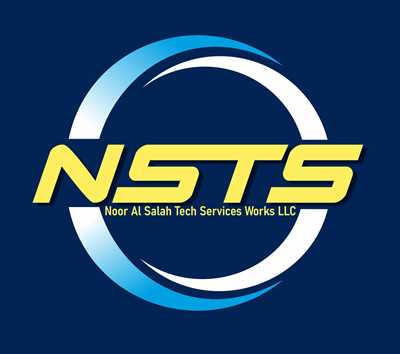In today’s competitive business environment, attracting and retaining the right talent is crucial for success. Hiring employees who are the best fit for your organization not only enhances productivity but also promotes a positive company culture. Here’s a guide to finding the right talent for your business:
1. Define the Role Clearly Start by outlining the specific skills, qualifications, and experience required for the job. A well-defined job description will help attract candidates who align with your needs. Be clear about the responsibilities, the necessary expertise, and the personality traits that fit your company culture.
2. Use the Right Recruitment Channels To find the best talent, utilize various recruitment channels such as online job boards, social media, and industry-specific networks. You can also collaborate with recruitment agencies that specialize in your sector, as they can access a broader talent pool and speed up the hiring process.
3. Leverage Employee Referrals Encouraging your current employees to refer candidates can help you find trustworthy and qualified talent. Your team members understand your business culture and values, making them valuable assets in recommending candidates who would be a great fit.
4. Conduct Structured Interviews A structured interview process, with standardized questions and evaluations, ensures fairness and consistency in assessing candidates. This approach helps you evaluate both technical skills and cultural fit, ensuring you choose the candidate that best matches your business needs.
5. Assess Cultural Fit While technical skills are important, ensuring that candidates align with your company’s values and work environment is equally crucial. Cultural fit impacts employee satisfaction and long-term retention. Consider how well the candidate’s personality and work style align with your team’s dynamics.
6. Use Skills Testing Practical tests or assessments can help evaluate a candidate’s ability to perform the job. Whether it’s a technical assessment or a creative task, skills testing provides real-world insight into how well candidates can handle job-specific challenges.
7. Focus on Long-Term Potential When hiring, consider a candidate’s potential for growth within your company. Employees who can evolve and take on more responsibilities over time are valuable assets. Look for individuals who are adaptable, motivated, and eager to learn.
8. Prioritize Clear Communication Transparent communication during the hiring process builds trust and sets expectations for both parties. Make sure you communicate the job responsibilities, company culture, and growth opportunities clearly to avoid any misalignment.


